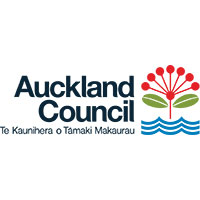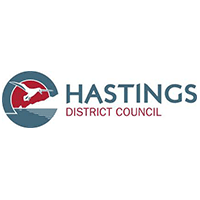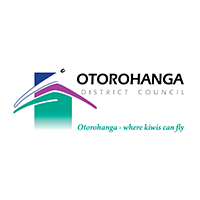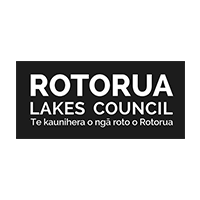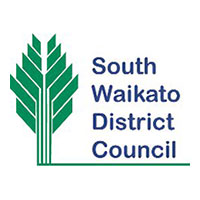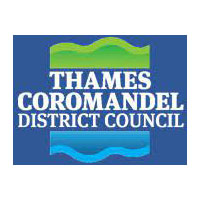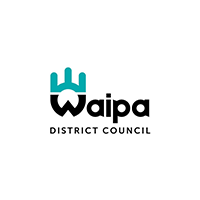Our Services
Earthing Design
Reliable power system earthing is required to ensure the earth potential rise (EPR) at a site, during fault conditions (or lightning strike), does not have the potential to cause injury or death. Earthing is also required to prevent damage to equipment, whether owned by the company, utility or a third party.
Employers have a duty of care to safeguard people in the vicinity of a switchboard. Therefore, asset owners need to ensure your earthing system is sufficient to prevent a person being electrocuted. This involves reducing the EPR to a level that does not present a significant risk of serious harm.
During fault conditions voltage differences may exist between equipment that has become ‘live’ and the main body of the earth. A person touching objects at different voltages simultaneously becomes a conductor of electricity, and if the current is sufficiently large electrocution can occur. One of the aims of the earthing system is to limit the current that could flow through a person to non-harmful levels. Typically ‘touch’ and ‘step’ voltages are considered. They need to be kept below maximum tolerable levels, both at the site and in its vicinity.
An insufficient earthing system may also damage itself during a fault, leaving it considerably less effective than before the fault. This is particularly dangerous as the damage may not be obvious, being below ground and out of sight.
To provide clients with a detailed earthing design Neo utilise the advanced modelling package of ETAP to simulate the potential fault conditions and therefore calculate the required mitigation system.
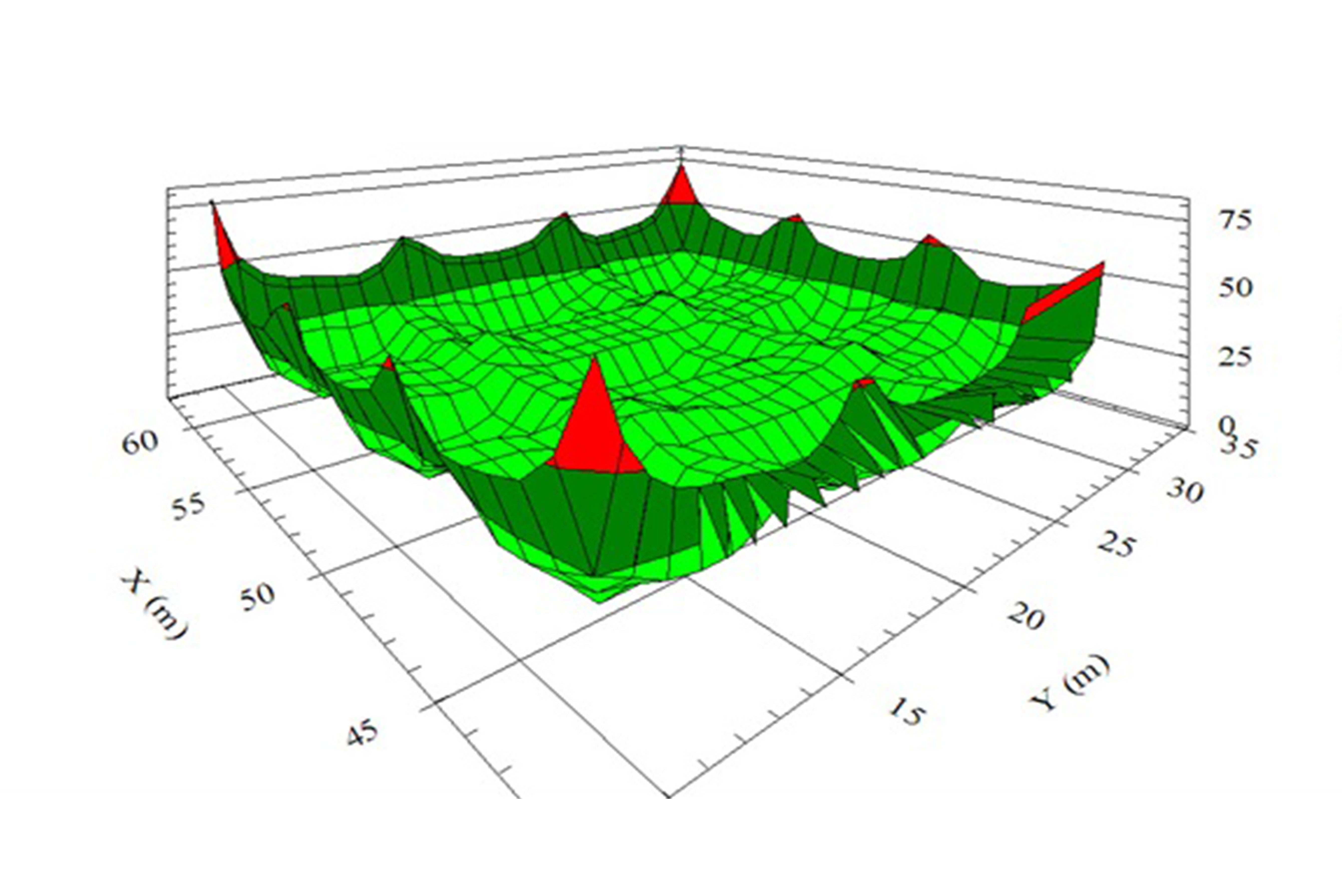

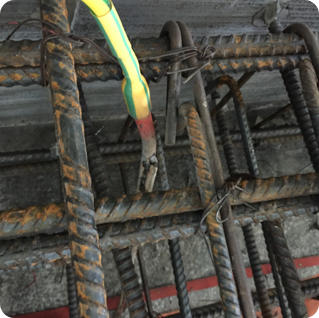
Our clients



